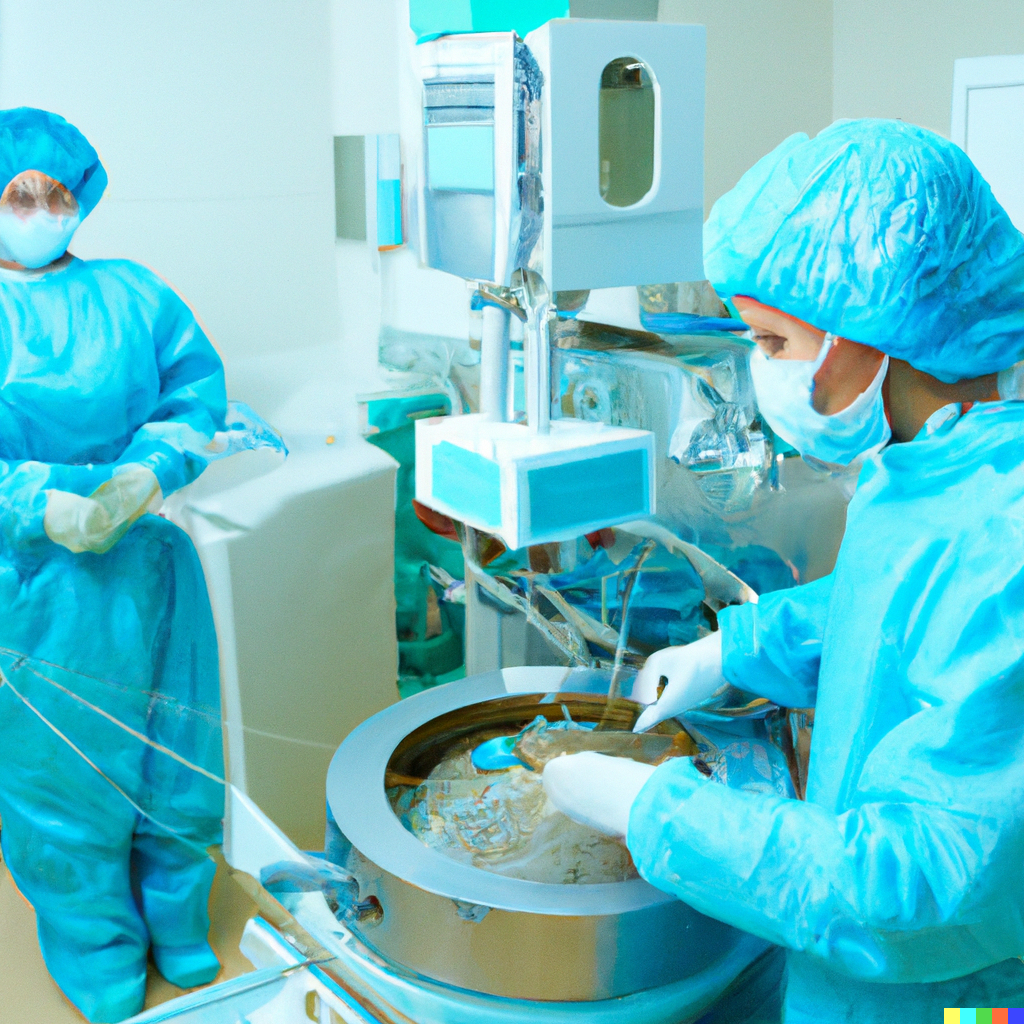Cryopreservation is the process of preserving biological material, such as cells, tissues, or organs, at very low temperatures to prevent them from decaying. This technique involves cooling the biological material to temperatures below -130°C, typically using liquid nitrogen, which stops all metabolic activity and preserves the sample in a state of suspended animation. Cryopreservation is commonly used to preserve gametes (sperm and eggs) and embryos for fertility preservation, as well as for organ and tissue transplantation.

Fertility preservation, also known as gamete preservation, is a technique used to preserve the ability to have children in the future. This can be done in a number of ways, including cryopreservation of sperm, eggs, or embryos.
In women, fertility preservation involves retrieving mature eggs from the ovaries using a technique called ovarian stimulation. The eggs are then frozen using cryopreservation and stored for later use. This process is commonly used for women undergoing cancer treatment, as chemotherapy and radiation therapy can damage or destroy the eggs, leading to infertility.
In men, sperm can be collected and frozen for later use, typically using a technique called sperm cryopreservation. This is commonly used for men undergoing cancer treatment, as chemotherapy and radiation therapy can damage or destroy the sperm, leading to infertility.
In some cases, embryos can also be frozen and stored for later use. This involves fertilizing the eggs with sperm in a laboratory to create embryos, which are then frozen using cryopreservation and stored for later use. This technique is often used for couples undergoing in vitro fertilization (IVF) who have excess embryos that they do not want to use immediately.
Overall, fertility preservation offers the possibility of having biological children in the future, even after cancer treatment or other medical procedures that may cause infertility.

Leave a Reply